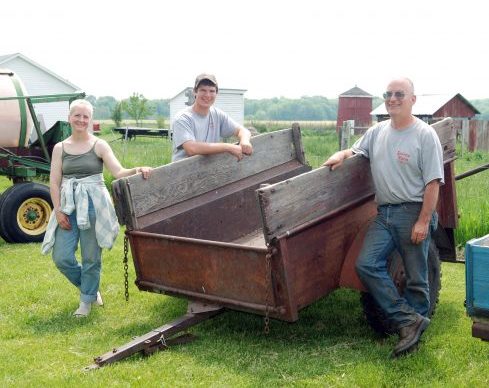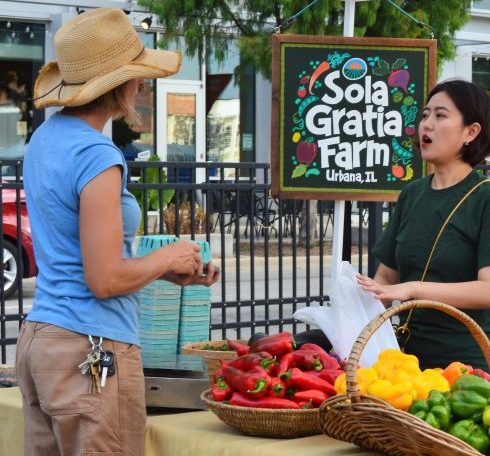
Field peas have been eaten for millennia, and have been found at archaeological sites as early as the Neolithic era. Fresh peas are an excellent source of vitamins A, C, K, and B6, and are high in minerals: iron, potassium, phosphorus, magnesium, copper, and zinc.
Buying & Storing
Peas are a wonderful seasonal treat and are best when eaten soon after harvest. After they’ve been harvested their sugars begin to convert to starch, thereby reducing their flavor and sweetness. Store peas in their pods in a plastic bag in your refrigerator for up to a week. Storing peas sacrifices some of their sweet flavor and crisp texture.
Peas can be frozen for long-term storage but will lose their crunchy texture. Blanch peas in boiling water for 2-4 minutes (shell peas need to be removed from their shell before blanching). Rinse under cold water to stop the cooking process, drain well, and spread out evenly on a baking sheet to freeze before placing them in an airtight freezer bag to store (this prevents them from freezing in a giant clump).
Cooking
Sweet Green Pea Dill Soup | Grilled English Peas | Ina Garten’s Sautéed Sugar Snap Peas | Fresh Peas With Lettuce and Green Garlic
Preparation – with snow peas, cut or snap the stem tip (where the pod attached to the plant) off and rinse under cold water. Sugar snap peas typically need to have their strings removed, though many people who are just eating them raw won’t bother if the pods are tender enough. To string sugar snap peas, snap the stem tip towards the flat side of the pod with your fingers and then pull the string off from top to bottom. With shell peas, you want the peas and not the pod. To open the pod, take the pod and press your thumb into the straight-side seam near the tip of the pod. You’ll hear a little pop or snap when you do this. Then use your fingers to open the pod along the seam and gently remove the peas. Rinse the peas under cold water.
Raw – snow pea pods and sugar snap pea pods can be eaten raw or put in salads (either whole or sliced/chopped). Both of them are a great raw snack with dips or on raw veggie platters with hummus.
Sauté – sauté all three of the peas (both sugar snap pea and snow pea pods, as well as shelled peas) and they all go well in stir-fries, though snow peas are the clear favorites in that regard. When using the pods you should sauté them longer than if you are using just the shelled peas as you don’t want to overcook the peas. You can sauté peas alone or with other veggies and/or meats, when sautéing with other things, just add them towards the end so that they don’t overcook.
Steam – place snow, snap and shell peas in the steamer basket of a pot over an inch of boiling water. Steam them for 2-4 minutes. Keep an eye on them and check for tenderness as you don’t want to overcook them.
Blanch – add snow, snap, or shelled peas to boiling water for 2-3 minutes. Strain them through a colander and rinse under cold water to stop the cooking. Eat them plain with a little butter, or add to your favorite cold salads and dishes.
PRINTABLE CARDS FOR ON-THE-GO INFORMATION






